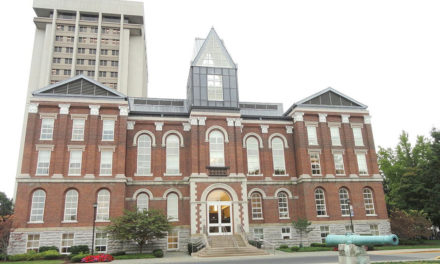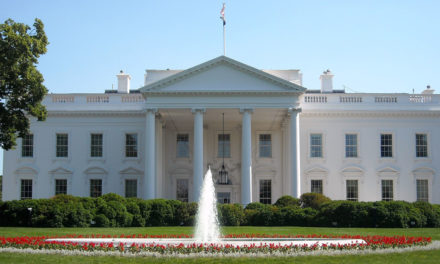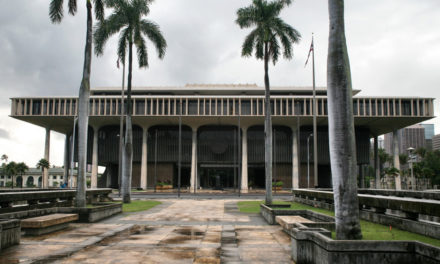Many of us who constantly read news reports about campus disruptions over controversial speakers or requirements for using gender-bending pronouns or campus “speech codes” tend to lump college students (and school administrators) into the same category of being completely clueless about the value of the First Amendment’s guarantee of free speech.
A recent survey, however, shows a surprising disparity among various demographic and political groups on campus regarding speech, rather than a one-size-fits-all attitude. There are indicators of support for a continuing robust protection of free speech, as well as strong pockets of hostility toward the current breadth of First Amendment protection.
A College Pulse survey of over 4,400 college students reveals that free speech is more of an aspiration than a reality when it comes to speaking out. Nearly seven out of ten students surveyed said that the political and social climate on campus prevents them from saying what they really believe because they’re afraid of offending their classmates. That statistic could be looked at a couple different ways.
Prudence would dictate that we should all be winsome in our speech with our neighbor, and dorm floors and classrooms should be no exception. But if winsomeness becomes reticence to speak in class or in a campus forum or a dorm lounge for fear of official (or unofficial) repercussions, then our colleges have failed in their primary purpose: to be a welcoming place for the free exchange of ideas.
The survey has some good news as well as bad. For example, fully 83 percent of students say it is “never acceptable” to use violence to stop a speech or rally from taking place. (But I have to wonder about that remaining 17 percent.) But only 48% say that it is never acceptable to shout down a speaker or attempt to prevent them from speaking, so there is still an unacceptable degree of unacceptable degree of tolerance for the “heckler’s veto” on campus. Sit-ins are still popular; eighty-six percent of students say sit-ins are either always or sometimes acceptable.
College men (74%) are much more apt to value speech over offending someone than college women (51%). And the numbers drop even further for so-called “nonbinary” students (23%). According to the survey, “Nonbinary students are those who do not identify as either male or female.”
Everyone these days seems to be concerned with “hate” speech. Colleges act as a lightning rod for that discussion, perhaps because of the close proximity of hundreds, if not thousands of students. The survey vaguely defines such speech as “attacks on people based on their race, religion, gender identity or sexual orientation.” I guess that could mean anything from “I hate you” because of your sexual orientation to “I believe in one man, one woman marriage.” The survey—if not the entire societal discussion of “hate” speech—suffers from definitional uncertainty.
Nearly six in ten college students believe that “hate” speech ought to be protected under the First Amendment. That’s positive, of course, but the flip side is that forty percent of students believe that something as vaguely defined as “hate” speech should be unprotected. That should be alarming for a country that has always ascribed to the maxim that Supreme Court Justice Louis Brandeis laid down in 1927 in Whitney v. California: “If there be time to expose through discussion the falsehood and fallacies, to avert the evil by the processes of education, the remedy to be applied is more speech, not enforced silence.”
There are several recognized exceptions to the general rule that speech is protected, such as: libel and slander, incitement to imminent violence, fighting words, obscenity, child pornography, and only a few others. These were developed over decades, and in some cases, hundreds of years of American and English jurisprudence. The latest progressive tendency to banish “hate” speech, popular with a large minority in this survey, is poorly developed and impossible to define. The potential mischief arising from a political majority imposing its definition of “acceptable” speech on a political minority is obvious.
The sole purpose of the First Amendment’s free speech clause is to protect objectionable speech. The Framers of the Constitution did not spend precious time during the first Congress attempting to come up with a fool-proof way to protect inoffensive speech. They recognized the value of competing ideas, even if—perhaps especially if—they offend someone’s sensibilities.
There’s one thing the survey does reinforce. Colleges need to do a better job of imparting basic free speech concepts to their students, rather than allowing students to dictate their own.
Related: Oklahoma Joins Growing List of States Protecting Campus Free Speech






